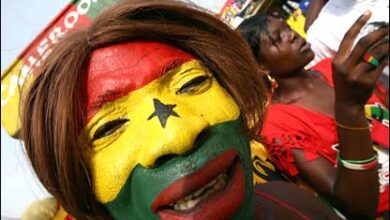
The Monetary Policy Committee (MPC) of the Bank of Ghana (BoG) has, in a surprise move, cut its key benchmark interest rate by 200 basis points from 25.5 per cent to 23.5 per cent, citing downward trends in inflation.
The reduction in the policy rate, which is the single biggest cut by the central bank since February 2010, is expected to boost lending and business activities.
“There are indications that growth is likely to remain significantly below potential which, alongside an improved inflation outlook, provides some scope for monetary policy easing,” he said.
Inflation target
Inflation stood at 13.2 per cent in February, but the government said it was confident it could meet its 2017 end-year inflation target of 11.2 per cent.
In the very short-term, the 200 basis points cut in the policy rate is expected to immediately knock the policy rate, now at 23.5 per cent, below the inter-bank interest rate which is currently at 25.2 per cent.
The country is currently going through an International Monetary Fund (IMF) programme aimed at helping to stabilise the economy, after GDP growth had slumped in 2014 due to falling commodities prices, high inflation, fiscal problems and a soaring public debt.
Inflation has now fallen for five consecutive months, allowing policy makers to cut rates to their lowest since August 2015.
Still, at 13.2 per cent, the annual pace of price growth remains above the BoG’s eight per cent target rate.
A senior economist at Databank, Mr Courage Kingsley Martey, said in an interview with the Daily Graphic that while the decision to reduce the policy rate was expected, the magnitude of the cut was a pleasant surprise, as it turned out to be more than the 100 basis points reduction that was expected.
“That notwithstanding, it signals a more positive inflation and exchange rate outlook than the financial market had earlier perceived,” he said.
Price stability
Mr Martey said among the primary objectives of the central bank was to ensure price stability in the form of low inflation and a stable currency, while the secondary objective was to support the growth and development of the economy.
“Having observed a steady decline in the risks to price stability in the past couple of months, the central bank deems it appropriate to now lean a bit more towards growth supportive policy measures,” he said.
“This, therefore, underpins the BoG’s decision to cut the policy rate by 200 basis points to 23.5 per cent in order to stimulate credit expansion and economic growth,” he added.
Keynote
The policy rate cut is expected to trigger a downturn in interbank interest rates to converge with the policy rate and result in the marginal easing of credit conditions to allow the private sector to gain access to credit.
Source: graphic.com.gh




